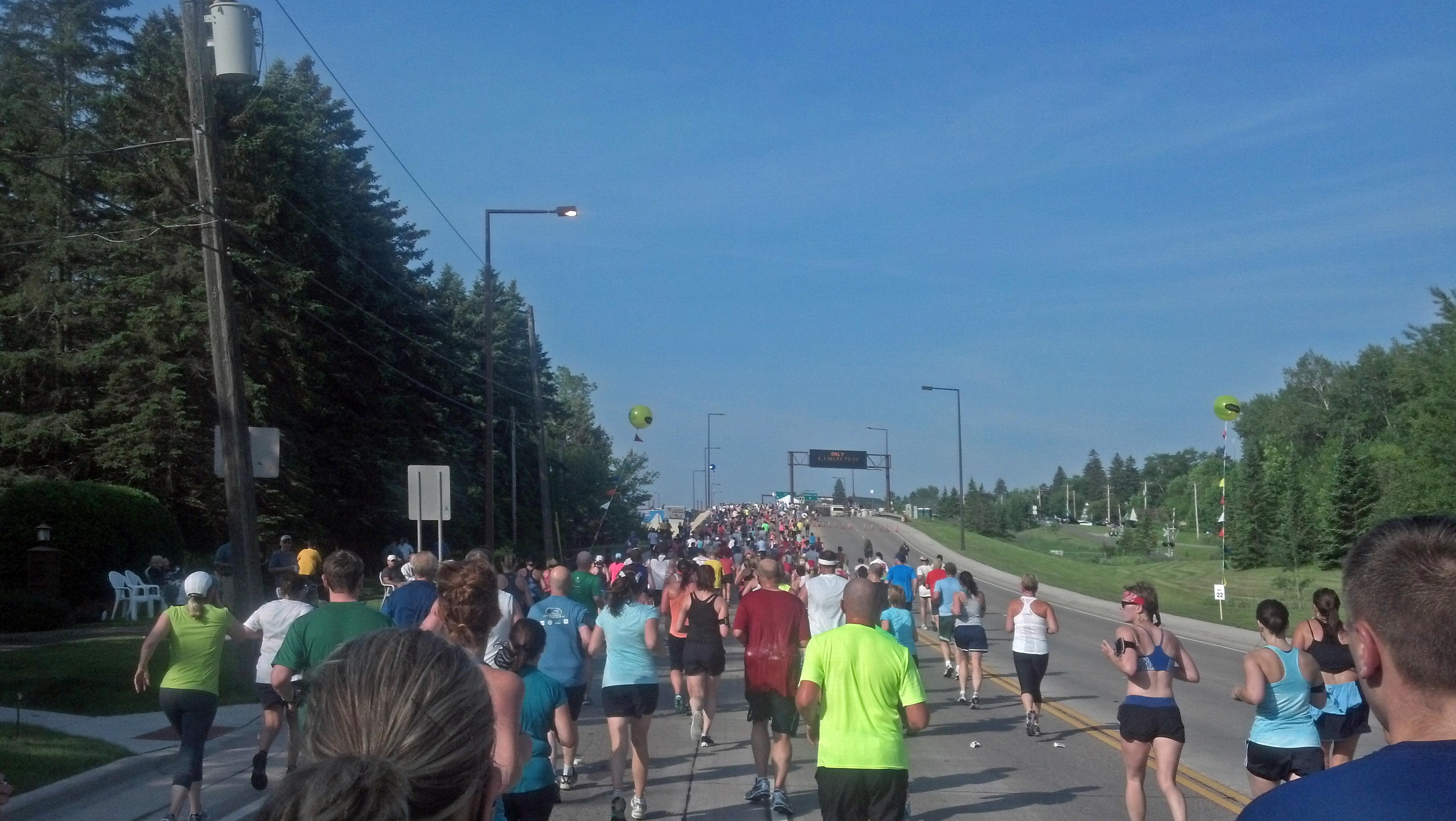


“You’re going to have to change your plan, and your coach’s experience can guide you through it, while giving you the confidence that you’re still doing it right.” “A marathon buildup on paper could look perfect, but when it comes down to actually doing it, you might get sick, have work stress, or have life stress,” Watson says. Working with others can also give you accountability, structure, and confidence. “But either way, your training partners are right next to you, breathing and working just as hard.” Ask your local running store or search social media to help you find the right crew. “Sometimes you’re pushing the group, and sometimes you’re getting pulled along,” Watson says. Working with a running group or a coach by your side will help you go the distance. Then go back up for one more 18-miler to close out the training cycle. (So if your longest run is 10 miles, run 11 the next week, then 13, then 14, and so on.)Īfter you hit at least 18, step down to about 13 miles for three weeks, Kastor says.

At the start of your training cycle, take your most recent long run and alternate adding one and two miles each week, until you hit at least 18 miles. Slowly build up to 18 to 20 miles for two long runs, Kastor says. And number two: train your body to recognize what it’s like to run on fatigued legs-because when you get about 20 miles into a marathon, your legs are like stubs.” Long runs accomplish two things, says Kastor. You don’t want to cram for a marathon.” Get Comfortable Running at Least 18 Miles “The more time you give yourself to do it, the more prepared you will be on race day. “A lot of people could go out there and drag themselves through a 5K, but it’s much harder to do a marathon if you haven’t put in the work,” says Rob Watson, ex-pro marathoner and head coach forMile2Marathon in Vancouver, British Columbia. This 4.5-month-long training cycle builds up your endurance and aerobic capacity-the secret sauce in a marathon. The Golden Rules of First-time Marathon Training Give Yourself 20 Weeks to Trainīeginners should start training 20 weeks out from the race, says Andrew Kastor, coach of the Asics Mammoth Track Club in Mammoth Lakes, California.


 0 kommentar(er)
0 kommentar(er)
